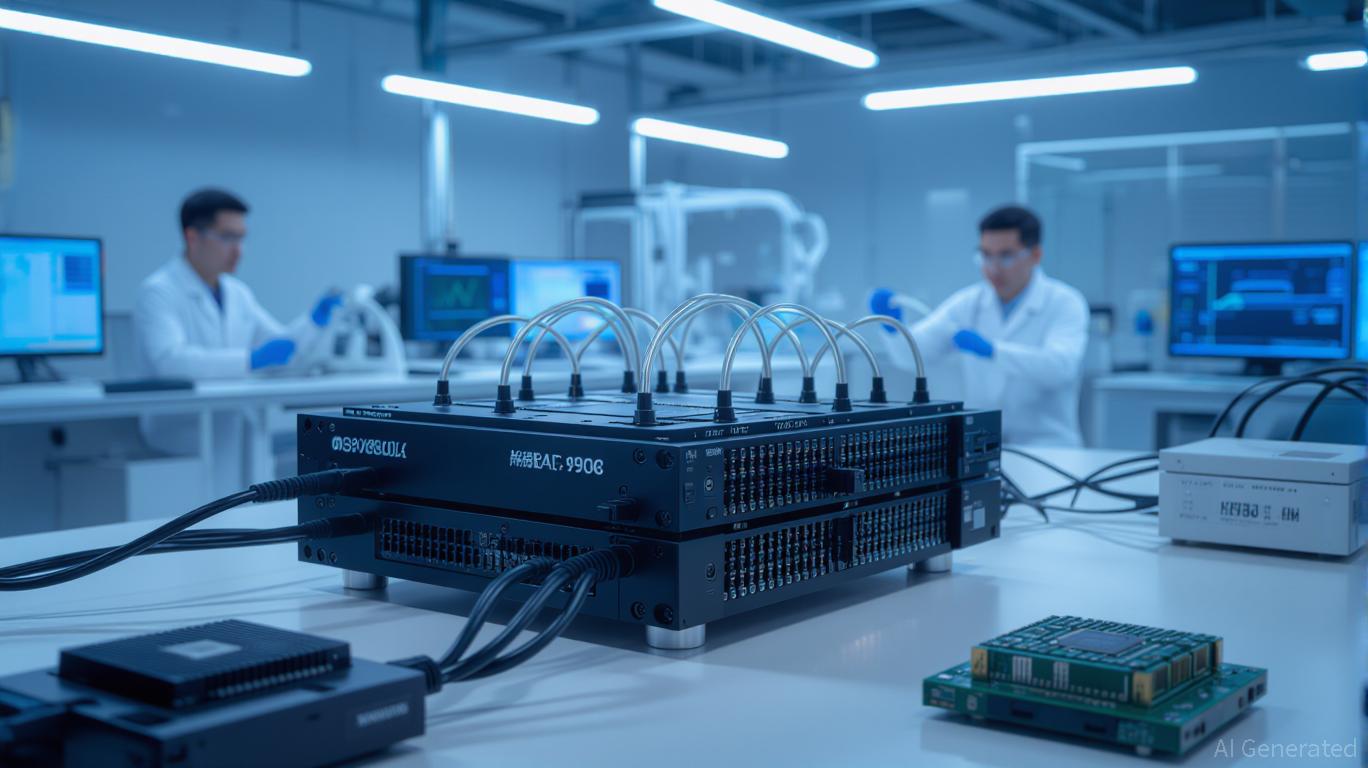The world of computing is on the brink of a transformation that could surpass even the current excitement around artificial intelligence. Emerging technologies promise to redefine how we process information, store data, and interact with machines.
Beyond AI: the next frontier in computing
While artificial intelligence has captured significant attention and funding in recent years, specialists caution that the subsequent major transformation in computing could emerge from entirely distinct breakthroughs. Quantum computing, neuromorphic processors, and cutting-edge photonics are some of the technologies positioned to profoundly reshape the realm of information technology. These developments offer not only enhanced processing capabilities but also fundamentally novel approaches to tackling challenges that conventional computers find difficult to resolve.
Quantum computing, in particular, has attracted global attention for its ability to perform complex calculations far beyond the reach of classical machines. Unlike traditional computers, which use bits as ones or zeros, quantum computers rely on qubits that can exist in multiple states simultaneously. This capability allows them to process massive datasets, optimize complex systems, and solve problems in cryptography, materials science, and pharmaceuticals at unprecedented speed. While practical, large-scale quantum machines remain in development, ongoing experiments are already demonstrating advantages in specialized applications such as molecular modeling and climate simulations.
Neuromorphic computing represents another promising direction. Inspired by the human brain, neuromorphic chips are designed to emulate neural networks with high energy efficiency and remarkable parallel processing capabilities. These systems can handle tasks like pattern recognition, decision-making, and adaptive learning far more efficiently than conventional processors. By mimicking biological networks, neuromorphic technology has the potential to revolutionize fields ranging from robotics to autonomous vehicles, providing machines that can learn and adapt in ways closer to natural intelligence than existing AI systems.
The emergence of photonics and novel computing paradigms
Photonics, which involves leveraging light for computational tasks, is emerging as a compelling substitute for conventional silicon-based electronic systems. Optical computing offers the capability to transmit and process information at light speed, thereby minimizing delays and power usage while substantially boosting bandwidth. This innovation holds significant promise for applications in data centers, telecommunications, and scientific inquiry, sectors where the sheer volume and rapid flow of data are expanding at an unprecedented rate. Businesses and academic bodies globally are actively investigating methods to merge photonics with existing circuitry, with the goal of developing integrated systems that harness the advantages of both approaches.
Other novel methods, like spintronics and molecular computation, are also appearing. Spintronics utilizes the electron’s quantum spin property for data storage and manipulation, potentially offering memory and processing power superior to existing hardware. Molecular computing, which employs molecules for logical operations, presents the possibility of shrinking components past the boundaries of silicon chips. These technologies are still mostly in the experimental phase, yet they underscore the vast innovation occurring in the quest for computing beyond AI.
Societal and Industrial Ramifications
The impact of these new computing paradigms will extend far beyond laboratory research. Businesses, governments, and scientific communities are preparing for a world where problems previously considered intractable can be addressed in hours or minutes. Supply chain optimization, climate modeling, drug discovery, financial simulations, and even national security operations stand to benefit from faster, smarter, and more adaptive computing infrastructure.
The race to develop next-generation computing capabilities is global. Nations such as the United States, China, and members of the European Union are investing heavily in research and development programs, recognizing the strategic importance of technological leadership. Private companies, from established tech giants to nimble startups, are also pushing the boundaries, often in collaboration with academic institutions. The competition is intense, but it is also fostering rapid innovation that could redefine entire industries within the next decade.
As computing evolves, it may also change how we conceptualize human-machine interaction. Advanced architectures could enable devices that understand context more intuitively, perform complex reasoning in real time, and support collaborative problem-solving across multiple domains. Unlike current AI, which relies heavily on pre-trained models and vast datasets, these new technologies promise more dynamic, adaptive, and efficient solutions to a range of challenges.
Preparing for a post-AI computing landscape
For businesses and policymakers, the emergence of these technologies presents both opportunities and challenges. Organizations will need to rethink their IT infrastructure, invest in workforce training, and explore partnerships with research institutions to leverage cutting-edge innovations. Governments must consider regulatory frameworks that ensure responsible use, cybersecurity, and equitable access to transformative technologies.
Education will play a critical role as well. Preparing the next generation of scientists, engineers, and analysts to work with quantum systems, neuromorphic chips, and photonics-based platforms will require significant changes in curricula and skill development. Interdisciplinary knowledge—combining physics, computer science, materials engineering, and applied mathematics—will become essential for those entering the field.
Meanwhile, ethical considerations remain central. New computing paradigms could amplify existing inequalities if access is limited to certain regions or institutions. Policymakers and technologists must balance the drive for innovation with the need to ensure that the benefits of advanced computing are broadly shared across society.
The trajectory of artificial intelligence and its applications
Although artificial intelligence continues to draw worldwide interest, it represents just one facet of a broader surge in technological progress. The upcoming computing epoch could redefine machine capabilities, ranging from tackling complex scientific challenges to developing adaptable, brain-like systems that learn and evolve autonomously. Quantum, neuromorphic, and photonic innovations stand at the forefront of this transformation, promising levels of speed, efficiency, and functionality that surpass current digital paradigms.
As the frontiers of what’s achievable broaden, scientists, businesses, and authorities are getting ready to operate in an environment where computational strength ceases to be a constraint. The upcoming ten years might bring about a monumental technological transformation, altering how people engage with data, devices, and their surroundings—a period where computation itself evolves into a revolutionary power, extending far beyond the influence of artificial intelligence.



